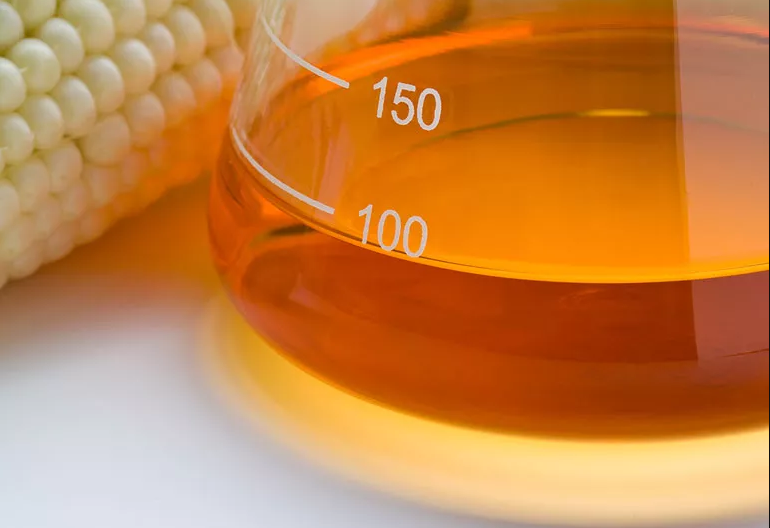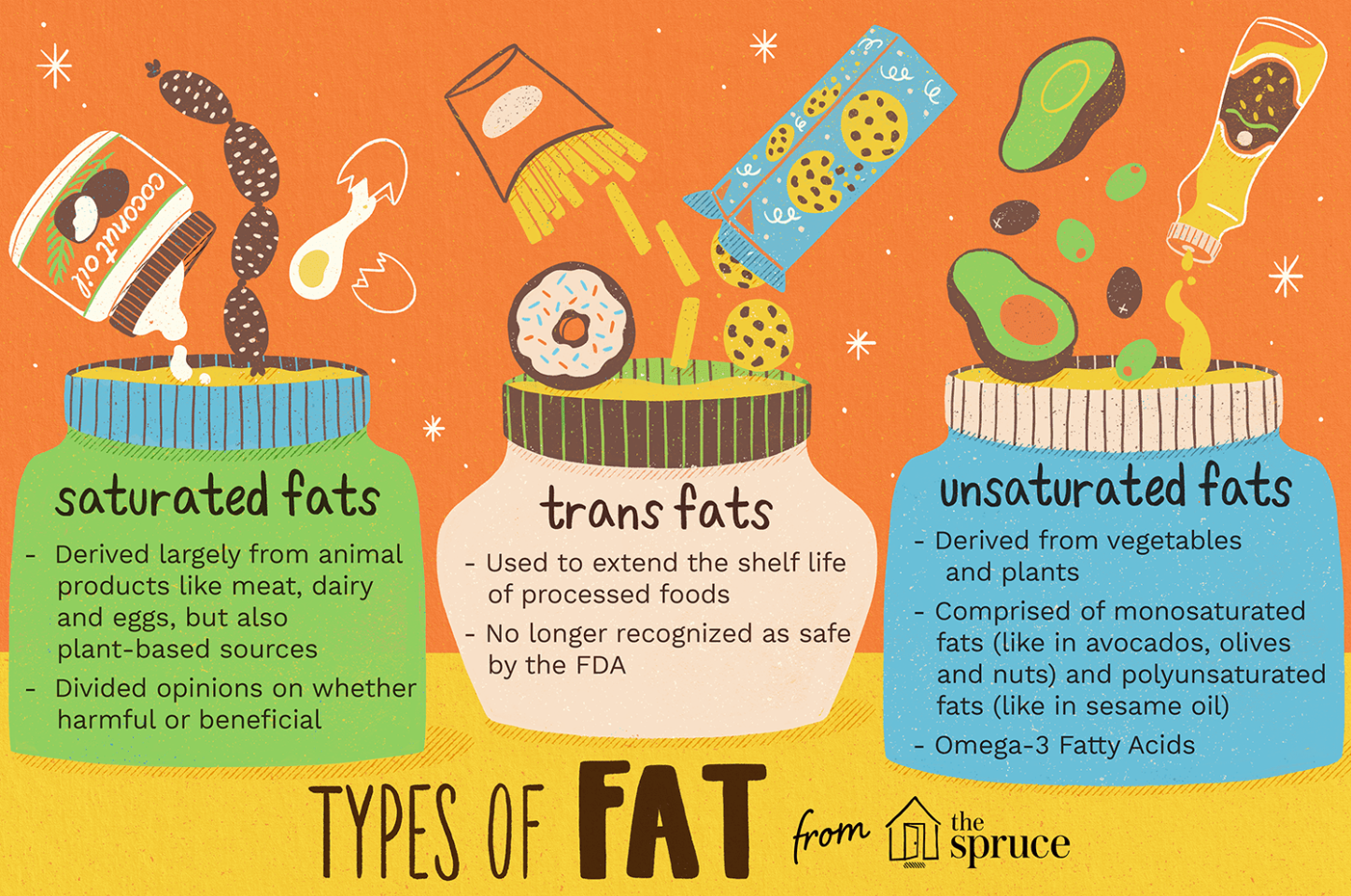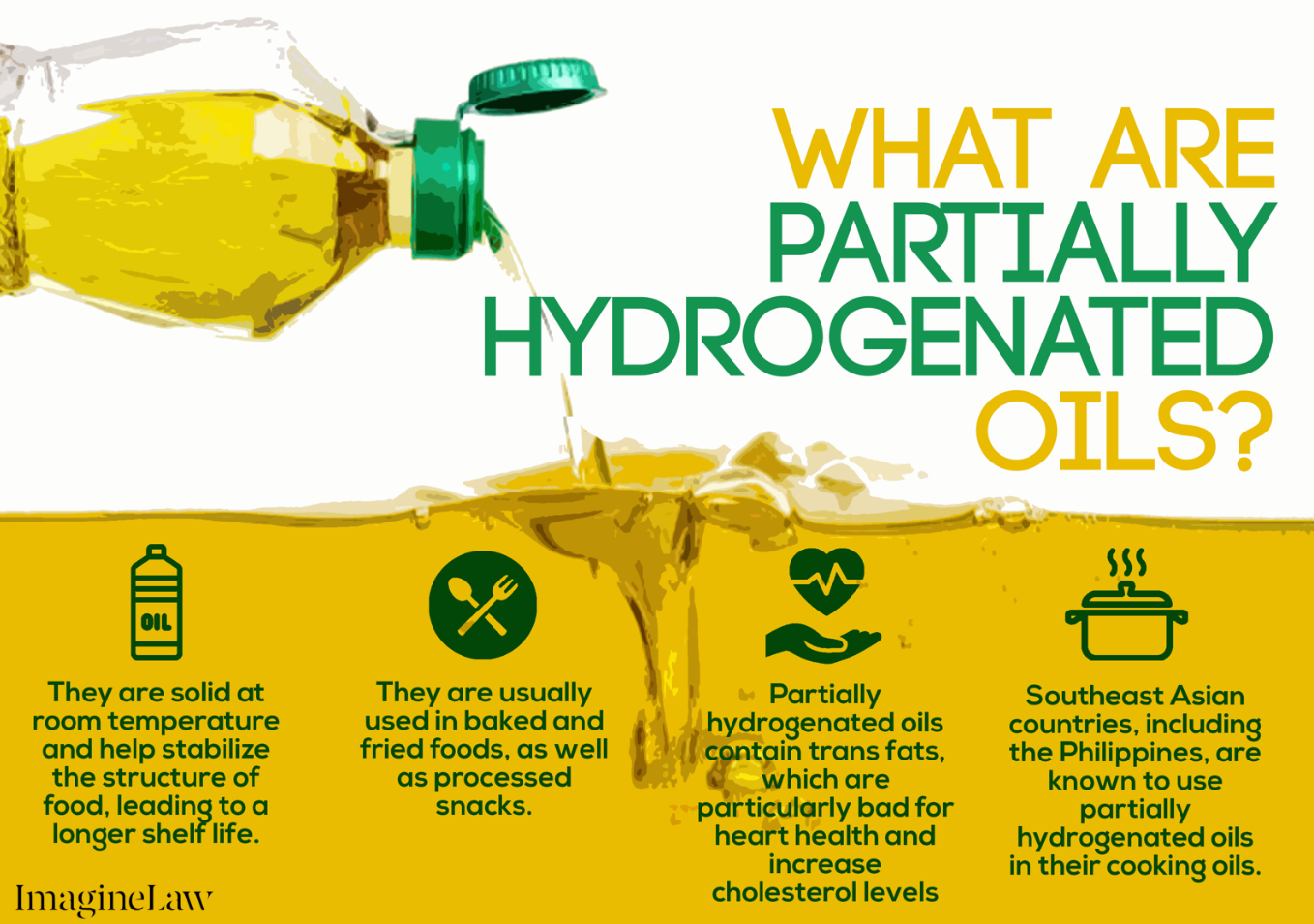15 Surprising Toxins Lurking in Your Everyday Foods and How to Avoid Them
April 9, 2025
In this article, we will explore 15 surprising toxins in common foods. We will also share simple tips for healthier choices. Each toxin has its own issues, but with the right advice, you can reduce your exposure and improve your health.

1. Artificial Sweeteners
Artificial sweeteners, like aspartame and saccharin, are found in many low-calorie or sugar-free foods. They offer sweetness without adding calories. However, they may have serious effects on your health. While artificial sweeteners aim to reduce calorie intake, studies have linked them to health issues like headaches, dizziness, and even more severe conditions such as metabolic disorders. Some research suggests that these sweeteners may alter the body's natural metabolic responses, potentially leading to weight gain and insulin resistance.
Natural Alternatives to Artificial Sweeteners
Opt for natural sweeteners like honey or maple syrup instead. These alternatives not only provide the sweetness you crave but also come with additional health benefits. Honey, for instance, contains antioxidants and has antibacterial properties, while maple syrup is rich in nutrients like manganese and zinc.
It's essential to approach sweeteners, whether artificial or natural, with moderation. Reducing your overall sugar intake can have profound health benefits. Consider gradually adjusting your palate to appreciate less sugary flavors, and explore the natural sweetness found in fruits and certain vegetables.
2. High Fructose Corn Syrup
High fructose corn syrup is found in sodas and processed snacks, making it a very common ingredient in the modern diet. Its widespread use is due to its cost-effectiveness and ability to enhance flavors. This sweetener has been associated with obesity, diabetes, and heart disease. The high levels of fructose can lead to increased fat accumulation in the liver, insulin resistance, and elevated triglyceride levels, all of which are risk factors for cardiovascular diseases.

Identifying and Avoiding High Fructose Corn Syrup
Reduce intake by choosing products labeled as "no high fructose corn syrup" and sticking to natural sweeteners. Read ingredient lists carefully, as this syrup can be hidden in unexpected products like sauces and breads.
Explore the rich variety of natural sweeteners available, such as agave nectar, coconut sugar, or stevia. Each of these offers unique flavors and can be incorporated into different recipes, allowing you to enjoy sweetness without the associated health risks.
3. Monosodium Glutamate (MSG)
MSG is a flavor enhancer commonly used in Asian cuisine and processed foods. Its ability to enhance taste makes it a popular additive, but it comes with potential side effects. Though it "enhances taste," MSG can cause headaches, numbness, and allergic reactions in some people. It may also lead to more serious reactions in individuals with sensitivities, including chest pain and swelling.
Cooking Without MSG
Try cooking with fresh herbs and spices to flavor your meals naturally. Ingredients like garlic, ginger, and fresh herbs not only provide robust flavors but also come with their own health benefits. Explore various cooking techniques, such as roasting or grilling, which can intensify the natural flavors of your ingredients. This approach not only reduces the need for MSG but also introduces a depth of flavor that can transform your meals.
4. Sodium Nitrate and Nitrite
These preservatives are used in processed meats like bacon and sausages. They help maintain color and prevent spoilage, but their safety is a matter of ongoing debate. Sodium nitrate and nitrite have been linked to cancer, particularly colorectal cancer. These compounds can form nitrosamines, which are known carcinogens, especially when cooked at high temperatures.
Finding Nitrate-Free Alternatives
Look for nitrate-free alternatives or choose fresh, unprocessed meats. Many brands now offer cured meats that use natural preservatives like celery juice, which provides the same preservation benefits without the risks. Fresh, unprocessed meats not only eliminate the risks associated with nitrates but also offer superior taste and texture. Consider exploring different cooking methods and marinades to enhance these natural flavors.
5. Trans Fats
Trans fats are found in margarine, baked goods, and fried foods. They are used to improve texture and shelf life but pose significant health risks. Trans fats increase bad cholesterol levels while lowering good cholesterol, thereby raising the risk of heart disease and stroke. They are also associated with inflammation, insulin resistance, and other chronic conditions.

Avoiding Trans Fats in Your Diet
Avoid trans fats by reading labels carefully and choosing products labeled "0 grams trans fat." However, be wary of misleading labels, as products can still contain up to 0.5 grams of trans fats per serving and be labeled as "trans fat-free."
Replace trans fats with healthier fat sources, such as olive oil, avocado, and nuts. These alternatives not only provide essential fatty acids but also offer anti-inflammatory properties and heart health benefits.
6. BHA and BHT
These preservatives are used to extend the shelf life of foods like cereals and snack foods. They prevent oxidation but come with potential health risks. Some studies suggest that BHA and BHT may be carcinogenic, with potential links to cancer in animal studies. Additionally, these preservatives may cause allergic reactions and behavioral issues in children.
Choosing Products Without BHA and BHT
Seek out products that use natural preservatives or that are labeled as BHA and BHT-free. Many manufacturers are now opting for safer alternatives like vitamin E (tocopherols) to preserve freshness. Consider preserving your food naturally by using methods like canning, freezing, or drying. These techniques can extend shelf life without the need for chemical additives, ensuring that your food remains healthy and safe.
7. Artificial Food Colors
Synthetic dyes like Red 40 and Yellow 5 are used to make foods more visually appealing. They are prevalent in candies, baked goods, and beverages but come with potential health risks. Artificial food colors have been linked to hyperactivity in children and potential cancer risks. Some studies suggest that these dyes can exacerbate symptoms of ADHD and may cause allergic reactions.

Natural Alternatives to Artificial Food Colors
Opt for products that use natural coloring agents or are dye-free. Ingredients like beet juice, turmeric, and spirulina can provide vibrant colors without the associated risks. Explore ways to make your meals visually appealing using natural ingredients. Fresh fruits and vegetables come in a variety of colors and can be used creatively to enhance the appearance of your dishes.
8. Aspartame
Aspartame is a common artificial sweetener found in diet sodas and sugar-free products. It is widely used due to its low-calorie content, but its safety is debated. While approved by many health agencies, some studies suggest it may cause headaches, dizziness, and other health issues. Concerns have also been raised about its potential link to neurological problems and cancer.
Choosing Natural Sweeteners Over Aspartame
Choose beverages and foods sweetened with natural alternatives. Options like stevia or monk fruit provide sweetness without the health risks associated with aspartame. Gradually reduce your dependence on artificial sweeteners by incorporating naturally sweet foods into your diet. Fresh fruits, dates, and even certain vegetables can offer satisfying sweetness without added risks.
9. Propyl Gallate
This antioxidant is used to prevent fats and oils from spoiling. It is found in a variety of processed foods but comes with health concerns. Propyl gallate is suspected of causing cancer and other health problems, such as liver damage and allergic reactions. Its use is controversial, with some studies suggesting potential endocrine-disrupting effects.
Finding Foods Without Propyl Gallate
Look for alternative products that do not contain propyl gallate. Many food manufacturers are now offering products preserved with natural antioxidants like rosemary extract. Consider using natural preservation techniques, such as refrigeration and vacuum sealing, to extend the shelf life of your foods. These methods can reduce the need for chemical preservatives and maintain food quality.
10. Partially Hydrogenated Oils
Partially hydrogenated oils are a major source of trans fats. They are used to improve texture and shelf life in a variety of foods. These oils are associated with increased risk of heart disease, stroke, and diabetes. They contribute to inflammation and can negatively impact cholesterol levels.

Avoiding Foods with Partially Hydrogenated Oils
Read labels and avoid products that list partially hydrogenated oils as an ingredient. Be aware that these oils can be found in unexpected products, such as peanut butter and non-dairy creamers. Incorporate healthier oils into your diet, such as olive oil, coconut oil, and avocado oil. These alternatives provide essential nutrients and have been linked to numerous health benefits, including improved heart health.
11. Sulfites
Sulfites are preservatives used in wines and dried fruits to prevent oxidation and preserve color. They can cause allergic reactions and asthma symptoms in sensitive individuals. Sulfites have also been associated with headaches and digestive issues.
Choosing Sulfite-Free Products
Opt for fresh fruits or products labeled as "sulfite-free." Many organic and natural brands offer sulfite-free options, particularly in the realm of dried fruits and wines.
Explore natural preservation alternatives, such as drying fruits at home or choosing fresh, in-season produce. These methods not only eliminate sulfites but also ensure the freshest and most nutritious products.
12. Potassium Bromate
This additive is used to strengthen dough in bread making. It improves texture and elasticity but poses health risks. Potassium bromate has been linked to cancer in animal studies, leading to its ban in many countries. It has also been associated with kidney damage and thyroid problems.
Finding Bromate-Free Bread Options
Choose bromate-free bread or make your own at home to avoid this toxin. Many bakeries now offer bromate-free options, often using ascorbic acid or other natural dough conditioners. Consider making homemade bread, which allows you to control the ingredients and avoid harmful additives. Experiment with different flours, seeds, and herbs to create nutritious and delicious bread varieties.
13. Glyphosate
Glyphosate is a pesticide used in agriculture. It is commonly found in non-organic cereals and grains. Glyphosate exposure has been linked to cancer, particularly non-Hodgkin lymphoma. It may also disrupt gut bacteria and contribute to antibiotic resistance.

Reducing Glyphosate Exposure
Minimize exposure by choosing organic products and thoroughly washing produce before consumption. Organic farming practices prohibit the use of synthetic pesticides, offering a safer alternative. Support sustainable agriculture by purchasing from local, organic farmers. This not only reduces your exposure to harmful chemicals but also supports environmentally friendly farming practices.
14. Carrageenan
Carrageenan is a thickening agent used in dairy and non-dairy products. It is derived from seaweed but has been scrutinized for its health effects. Some studies suggest it may cause digestive issues, inflammation, and even potential carcinogenic effects. Carrageenan can also exacerbate symptoms of inflammatory bowel disease.
Avoiding Products with Carrageenan
Seek out products that do not contain carrageenan or consider making your own plant-based milks. Many brands now offer carrageenan-free alternatives, particularly in the realm of non-dairy products. Experiment with making your own dairy alternatives at home. Homemade almond milk, coconut milk, or oat milk can be nutritious, delicious, and free from unwanted additives.
15. Acrylamide
Acrylamide forms in starchy foods when cooked at high temperatures, such as in fried potatoes and baked goods. It is considered a probable human carcinogen, with links to cancer in animal studies. Acrylamide may also impact neurological development and reproductive health.

Reducing Acrylamide Exposure
Reduce exposure by baking or steaming rather than frying, and choose whole, unprocessed foods. Cooking methods that use lower temperatures can significantly decrease acrylamide formation. Explore healthier cooking methods, such as steaming, poaching, or slow cooking. These techniques not only reduce acrylamide formation but also preserve the nutritional integrity of your ingredients.
How to Avoid These Toxins
To minimize the intake of these everyday food toxins, consider the following tips:
Choose Whole, Unprocessed Foods
Opt for fresh fruits, vegetables, and whole grains over processed options. Whole foods are less likely to contain harmful additives and preservatives. They also provide essential nutrients and fiber, supporting overall health and digestion.
Read Labels Carefully
Familiarize yourself with common food additives and their potential risks. Always read ingredient labels to make informed choices about the products you consume. Understanding the ingredients allows you to identify and avoid unwanted additives.
Cook at Home
Preparing meals at home allows you to control the ingredients and avoid unwanted additives. Experiment with fresh herbs and spices to enhance flavors naturally. Home cooking empowers you to create nutritious meals tailored to your dietary preferences.
Seek Organic and Natural Products
Organic products are grown without synthetic pesticides and fertilizers, reducing your exposure to harmful chemicals. Look for certifications like USDA Organic when shopping. These products often adhere to stricter standards, ensuring safer consumption.
Support Local and Sustainable Practices
Support local farmers and sustainable practices by purchasing from farmers' markets and community-supported agriculture (CSA) programs. These choices promote environmental sustainability and provide fresher, toxin-free produce.
Conclusion
Being aware of the toxins lurking in your everyday foods is the first step towards a healthier lifestyle. By choosing whole, unprocessed foods and reading labels carefully, you can significantly reduce your intake of harmful additives. Embrace cooking at home and opt for organic products whenever possible to ensure that what you eat supports your health and well-being.
Remember, small changes in your eating habits can lead to significant improvements in your overall health. Make informed choices and take control of what you put on your plate. By prioritizing your health, you pave the way for a future of vitality and wellness.